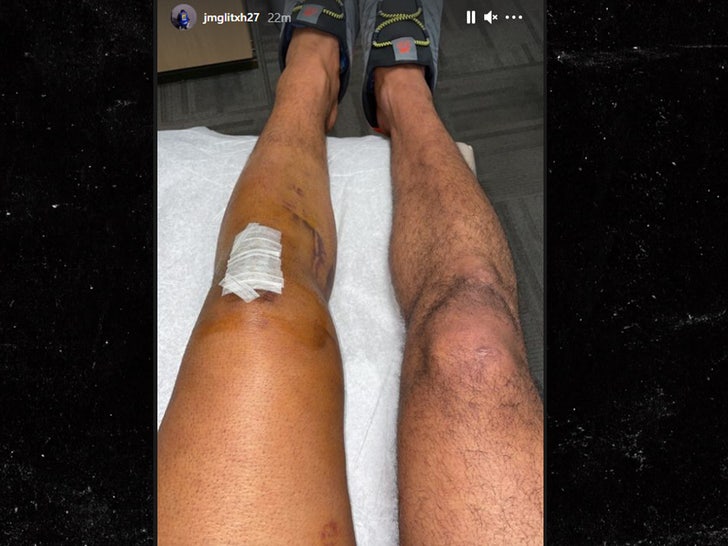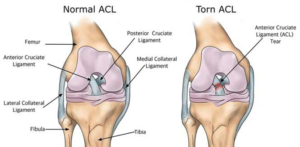

If you’ve suffered a grade 3 ACL sprain, you likely experienced severe pain and instability in the knee. A complete ACL tear is extremely damaging to the knee and almost always requires surgery, plus a long recovery period. Partial, or grade 2, ACL tears are actually the least common of the three types of ACL tears.Ī grade 3 ACL sprain is a complete tear.

If you have a grade two sprain, your ligament is damaged and you’ll likely experiences some instability. If your knee is still stable, you likely have a grade 1 injury and may not need surgery.Ī grade 2 ACL sprain is a partial tear. A grade 1 ACL sprain occurs when your ACL is overstretched, but not torn. While complete ACL tears almost always require surgery, partial ACL tears may be treated effectively with nonsurgical methods.ĪCL tears are graded by severity and are called sprains (a sprain is a stretch or tear in a ligament).

How do you know if you’ve injured your ACL? Common symptoms of an injured ACL include: A healthy ACL is critical for normal movement of the knee joint. It’s part of the group of ligaments that connects your thigh bone (femur) to your shin bone (tibia). The anterior cruciate ligament (or ACL) is a primary ligament in the knee joint. It helps to know what’s really going on inside your knee. The good news is that not all ACL injuries require surgery. If you’ve injured your ACL, you may be worried that you need surgery.


 0 kommentar(er)
0 kommentar(er)
